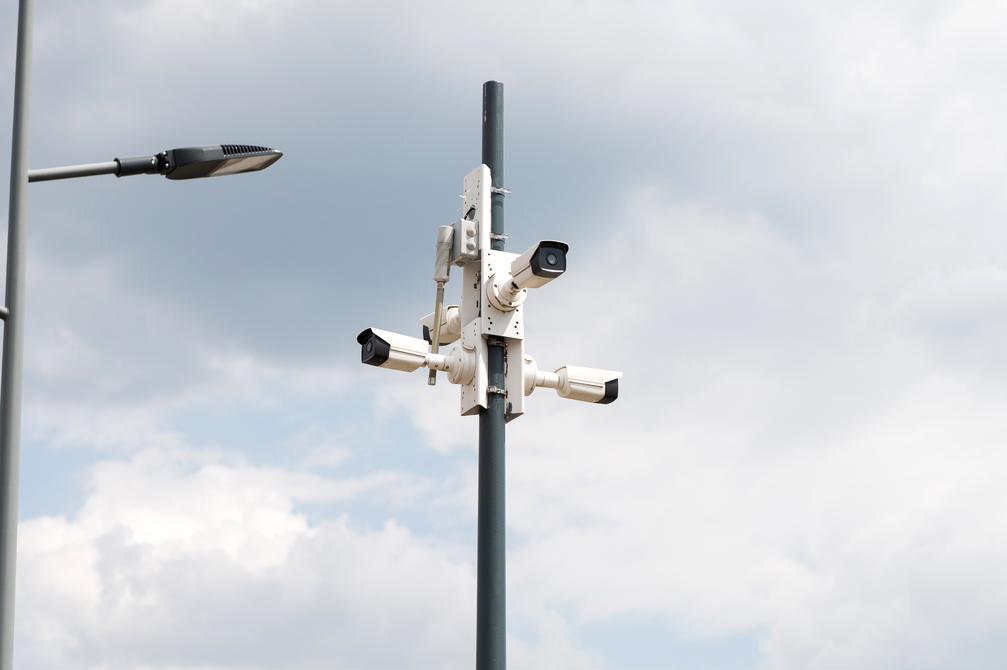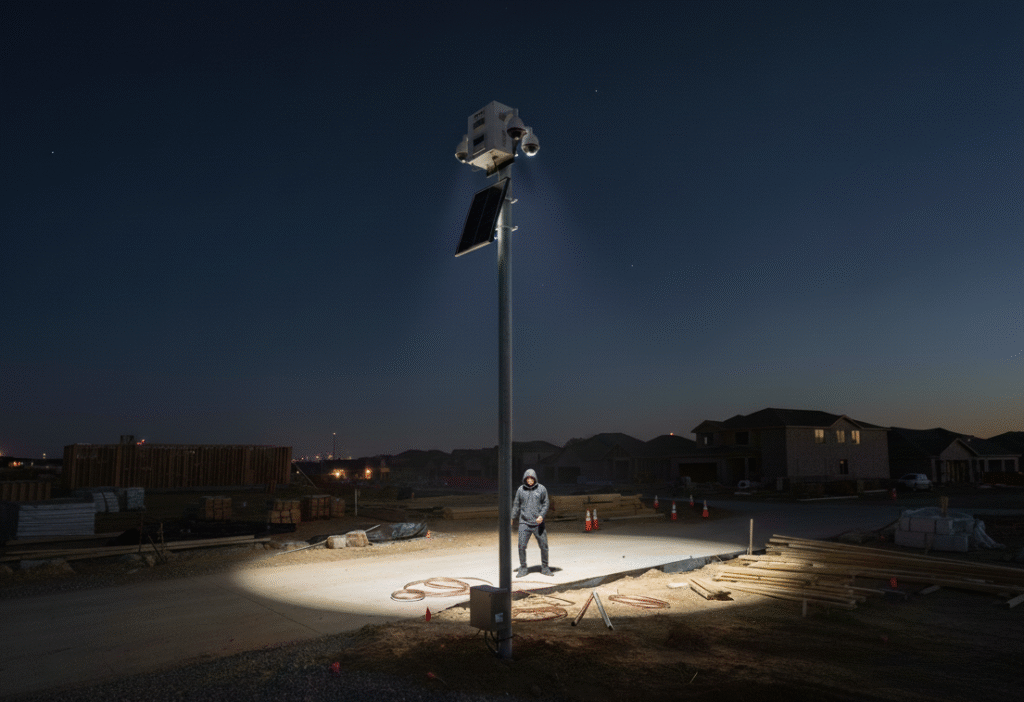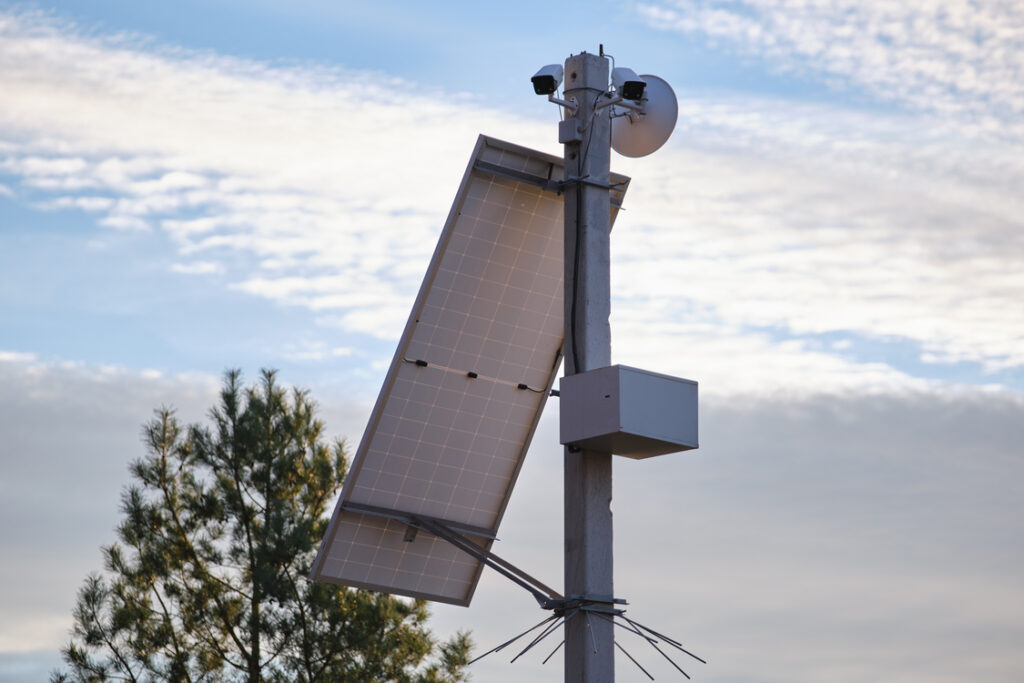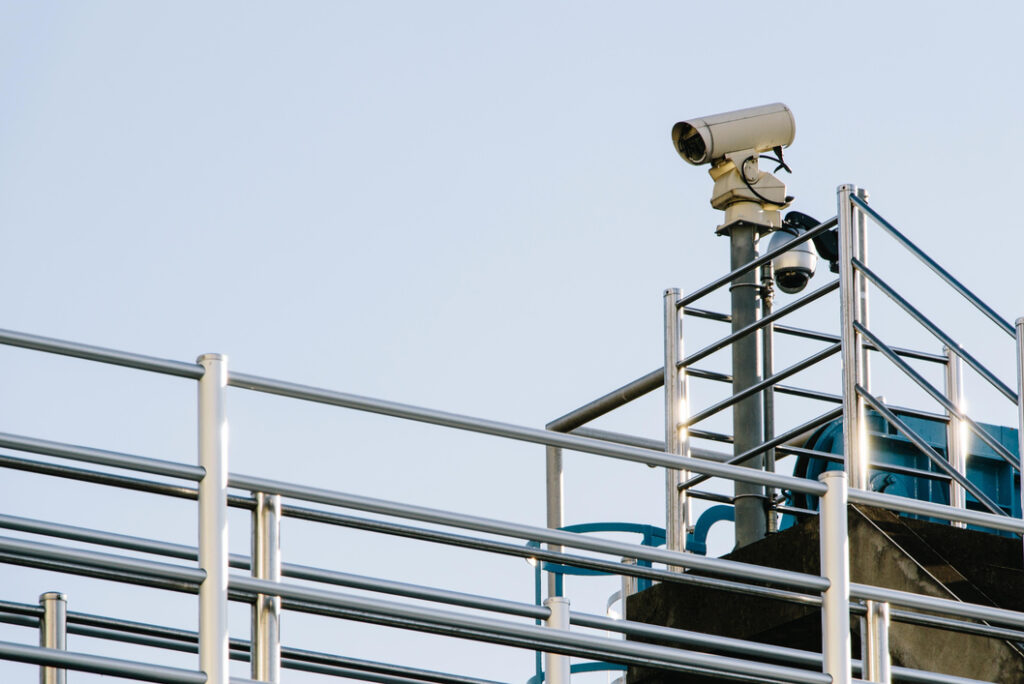Remote 24/7 jobsite cameras act as extra eyes on your project. They let you review incidents in detail, verify that workers wear PPE and that hazardous areas stay cordoned off, and they catch trespassers after hours—leading to fewer accidents, less liability, and a safer, more secure construction site overall.
The Urgent Safety Challenges Facing Construction Sites
Construction remains one of the most dangerous industries, and traditional safety measures are struggling to turn the tide. Companies invest heavily in training (about 2.6% of their budget on average) but the construction fatality rate hasn’t significantly improved in over a decade (oxblue.com). In fact, many firms end up spending more on accident costs than on prevention (oxblue.com). This gap between effort and results has real consequences: injuries, project delays, and rising insurance premiums.
Site safety officers and project managers simply can’t be everywhere at once, especially on large jobs. Critical questions after an incident—“Was a harness worn? Was a barrier missing?”—often go unanswered without clear evidence (laborpress.org). These challenges underscore why new tech is needed to boost safety. That’s where smart construction cameras come in, offering continuous oversight that goes beyond sporadic inspections. Whether you’re a GC, a superintendent, or an owner, you need reliable ways to protect workers and the public. By adding 24/7 monitoring cameras as another safety layer, you can spot risks sooner and create a culture of accountability on-site.
How 24/7 Jobsite Cameras Enhance Safety Monitoring
Modern construction cameras aren’t just passive recorders—they’re proactive safety tools. High-definition live cameras give managers real-time visibility into all corners of the site, day or night. Many systems now come with artificial intelligence (AI) capabilities that recognize safety violations or hazards in real time. For example, cameras can automatically detect if someone isn’t wearing required PPE like a hardhat or high-vis vest and flag the violation for supervisors (oxblue.com). They can also alert you when workers or bystanders enter restricted areas that should be cordoned off (gomotive.com). By catching unsafe actions as they happen, you can intervene immediately and prevent accidents before they occur.
Cameras also provide visual documentation of site conditions. If an incident or near-miss does happen, you can review the footage to see exactly what led up to it (oxblue.com). That insight is invaluable for investigations and toolbox talks: you can determine root causes—maybe a missing guardrail or a lapse in protocol—and take corrective action. The recorded video serves as impartial evidence to resolve disputes and clarify what really happened (laborpress.org). This protects both workers and employers, reinforcing compliance with a constant reminder: “We’re being safe, and it’s on camera.”
Best Practices for Deploying Cameras on Your Site
- Map out your site’s critical risk areas such as excavation trenches, scaffolded sections, and entry/exit gates.
- Position cameras with wide vantage points—mobile surveillance towers are ideal for large sites.
- Use smaller, ground-level camera units (security vaults) for material storage or blind corners.
- Ensure adequate lighting or infrared for nighttime coverage.
- Post signage indicating 24/7 video surveillance to deter trespassers.
- Integrate all cameras into a single monitoring dashboard for real-time oversight.
- Consider professional monitoring during off-hours for continuous protection.
Tuning Your System to Minimize False Alarms
- Configure alerts only for restricted areas and during off-hours to avoid daytime false positives.
- Adjust motion sensitivity and mask background areas (e.g., busy streets or moving tarps).
- Use AI features to distinguish between people, animals, and objects.
- Review alert logs regularly to identify and fix recurring false triggers.
- Work with monitoring services that include human verification before notifying you.
High-Value Use Cases: PPE Checks, Hazard Zones, and After-Hours Security
Ensure PPE Compliance
Cameras equipped with AI can automatically recognize if workers are missing PPE such as hardhats or vests (oxblue.com, gomotive.com). Supervisors can also spot issues on live video and correct behavior immediately. Recorded footage verifies compliance and provides proof in case of incidents (laborpress.org).
Monitor Hazardous or Cordoned-Off Areas
Cameras watch danger zones such as crane swing areas or excavations. AI or human monitors can detect breaches in restricted zones and intervene before accidents happen.
After-Hours Trespasser Detection and Deterrence
Infrared and motion-detecting cameras secure sites overnight. When trespassers enter, automated warnings via speakers or lights deter intruders—over 90% flee after a live warning (wcctv.com). This protects equipment and reduces theft losses estimated at $400 million–$1 billion annually (danners.com).
Gate Monitoring and Access Control
Entry cameras record all vehicles and personnel, improving access control and enabling reviews of any gate incidents. Some systems feature license plate recognition or QR code scanning for authorized entry.
Remote Oversight of Far-Flung Sites
For multi-site managers, cameras enable daily safety checks and progress verification remotely. Early detection of hazards or damage helps maintain consistency across all projects.
Tracking Safety Improvements and ROI on Your Projects
Track both leading and lagging safety indicators before and after implementing cameras:
- Leading indicators: PPE compliance rates, hazards corrected per week, and response times to incidents.
- Lagging indicators: Recordable injuries, OSHA citations, and workers’ comp claims.
Reduced theft, fewer claims, and faster responses translate to cost savings. Some firms even see insurance benefits from using AI systems (gomotive.com). Over time, safer projects improve your reputation and morale—proof that visibility drives accountability.
Jobsite Safety Monitoring Checklist
- Identify Top Risk Areas: Map out high-risk zones needing coverage.
- Choose the Right Camera Systems: Match units to conditions (e.g., solar towers, rugged vaults).
- Plan Camera Placement & Angles: Maximize visibility and minimize dark spots.
- Set Up Monitoring Schedules: Assign watch responsibilities for both work and off-hours.
- Calibrate Alerts and Notifications: Test and adjust to reduce false alarms.
- Communicate with the Team: Explain camera purpose to build trust and transparency.
- Implement Response Protocols: Define clear steps for handling alerts and incidents.
- Use Footage for Training: Review videos during safety meetings to reinforce best practices.
- Maintain and Audit the System: Clean lenses, check connectivity, and reposition as sites evolve.
- Track Safety Metrics: Record and analyze incident data for improvements.
- Refine and Scale: Apply feedback and replicate successful setups across projects.
Frequently Asked Questions
Q1: Will cameras replace the need for human safety managers or guards?
A: No. Cameras are a force multiplier, not a replacement. They extend visibility but still rely on human judgment and action.
Q2: How do cameras detect PPE or restricted-zone breaches?
A: AI algorithms recognize missing PPE or track digital “no-go” zones, sending real-time alerts to supervisors (oxblue.com, gomotive.com).
Q3: What about privacy and worker acceptance?
A: Transparency is key. Inform crews where cameras are placed and why. Avoid private areas and focus on safety and security zones. When workers see footage helps protect them, acceptance rises.
Q4: Do we need internet or power on-site?
A: Not always. Solar-powered, wireless camera towers operate via cellular data—ideal for remote projects without utilities.
Q5: How effective are cameras at preventing incidents?
A: Very. Cameras deter risky behavior, enable immediate intervention, and provide critical evidence for improvement. Studies show 90% of intruders leave after a live audio warning (wcctv.com).
Conclusion
Jobsite safety doesn’t have to rely on luck or limited visibility. With 24/7 monitoring cameras, you gain full control, real-time alerts, and visual evidence to strengthen your safety culture. Whether it’s PPE compliance, after-hours protection, or remote supervision, every project benefits from enhanced accountability and transparency.
Integrate live monitoring and talk-down services to deter trespassers and prevent costly incidents before they happen. Ready to design the right system for your site? Request a custom safety monitoring plan from our team today.




